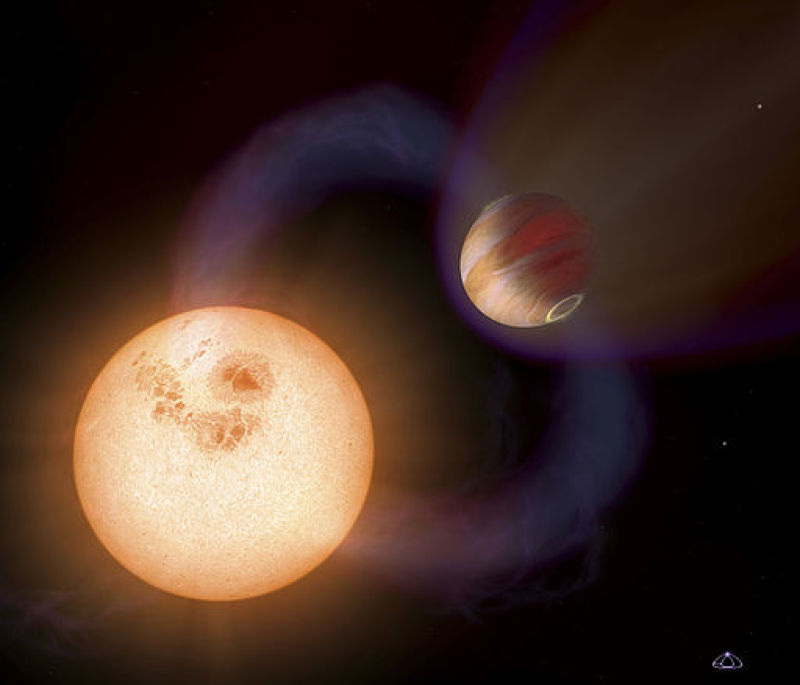
For the first time ever, scientists are witnessing distant planets that are currently in the process of being born.
According to them, studying this rare phenomenon can provide the entire scientific community with a deeper understanding of how planets are really formed, the Los Angeles Times reported.
Previously, scientists had to only rely on computer models to understand the formation of planets. These models are then compared to existing planets, which are already full formed, in order to gain an idea of how they came to be.
The problem here, of course, is that they cannot exactly determine what goes on during the development stages of planets.
But now, through a discovery made by a team of researchers and scientists, they are able to observe how newborn planets emerge. Through a technique known as non-reduntant masking, the scientists were able to high resolution images of possibly three developing planets that are that are about 430 light years away from Earth.
The first two planets were named LkCa 15b and LkCa 15c. The scientists, however, are not yet sure if the third one, also known as LkCa 15d, is actually a planet due to its faint signal.
Based on their observations, the two, or maybe three planets are orbiting a star. They theorized that the planets are forming through an accretion disk model, a process in which a cosmic body grows bigger by absorbing and collecting the dust particles and gas around it.
The actual size of the newborn planets are still uncertain but based on their orbital pattern, the scientists speculated that they could be bigger than Jupiter.
"We can't say much about their size, but you could have stable orbits for millions of years if these planets were somewhere between half as massive as Jupiter and three times as massive as Jupiter," Stephanie Sallum from the University of Arizona and one of the authors of the study said according to The Guardian.
To date, scientists have already spotted around 1,900 planets in the solar system but all of them are already fully formed. Through the observations currently being made by Sallum and her colleagues, other scientists will be able to gain a better idea of how their development.
"This is our first chance to watch the planet formation process happening," she said. "We can go and look at this and do more detailed studies now, to try to understand how planets are built."
The findings of the scientists were detailed in a report published on November 19 in the scientific journal Nature.



















